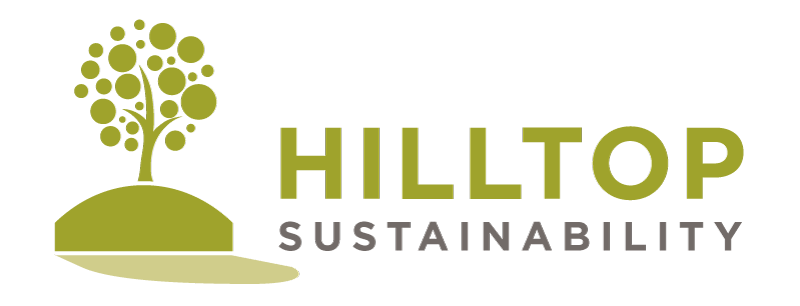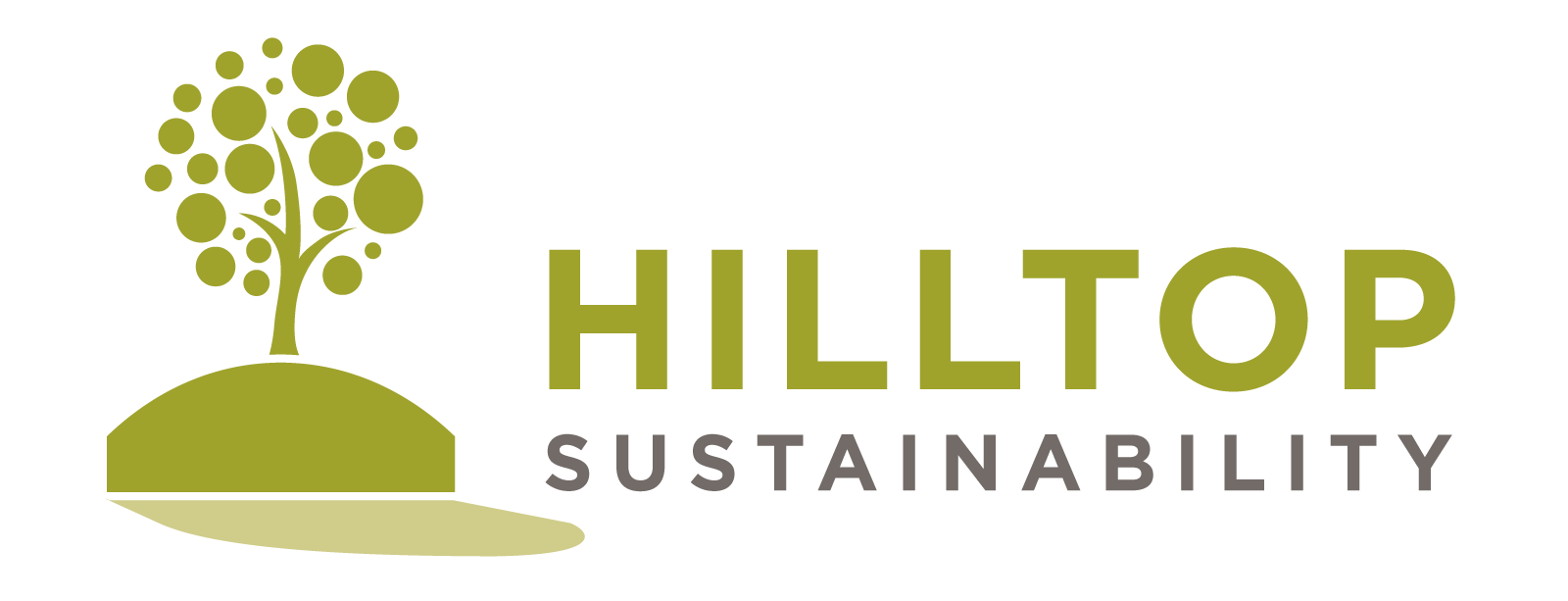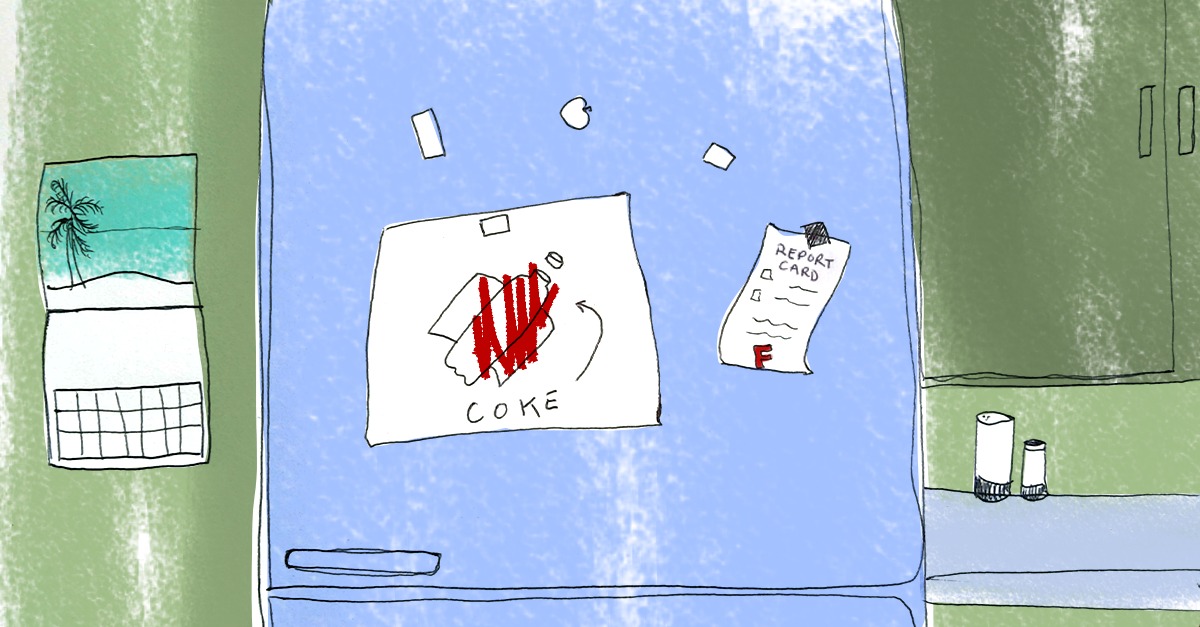
Illustration by Lucy Russell-Bates
When our children first go to school, as parents or teachers, it’s all about encouragement. If a 6 year old gets homework to do which they don’t quite get around to, but they draw a colourful picture instead, we tend to congratulate them for the picture, stick it on the fridge door, celebrate this achievement and wonder why our children are already getting homework.
Fast forward 12 years and both their and our expectations are rather different. By then they have learnt that if they want to get in the school first team, get the lead part in the school play or win a place at their chosen university, they are going to have to work hard and deliver consistent results. And by the time they’ve received the graduation certificate for their masters degree or MBA they are hopefully fully aware that the world is now judging them by what they have achieved, not on first drafts or promises.
So why do we judge the sustainability efforts of big retail and consumer brands on their colourful imperfect pictures like they were little kids at school and cheer them on from the sidelines rather than on the results that these veterans of many years actually are?
This question has been stimulated by a number of sustainability initiatives that have seen the light of day recently that I have seen heaped with praise by professional observers in the retail world on this platform, so let me share some examples and facts.
Recent publicised activities
Asda have received much congratulation for launching a sustainability test store with refill zones last month. It is only a test and they are over a year behind rival chain Waitrose who have already rolled out from one test store to four and over a decade behind M&S whose sustainable Plan A has been going since 2007. Meanwhile Asda came bottom of a league table produced by Ethical Consumer magazine earlier this year for its environmental and ethical performance. The magazine picked up in particular on its poor performance in relation to palm oil sourcing, its lack of a sustainable fish policy and the fact that it has 15,000 equal pay claims against it (Gender Equality is no 5 in the UN Sustainable Development Goals) amongst other things. At the same time retail analysts point to some of the high profile elements of the trial, such as the large Vimto refill station pictured, and question whether this could ever be a practical solution based on space to sales, which makes you wonder if this is really a serious proposition.
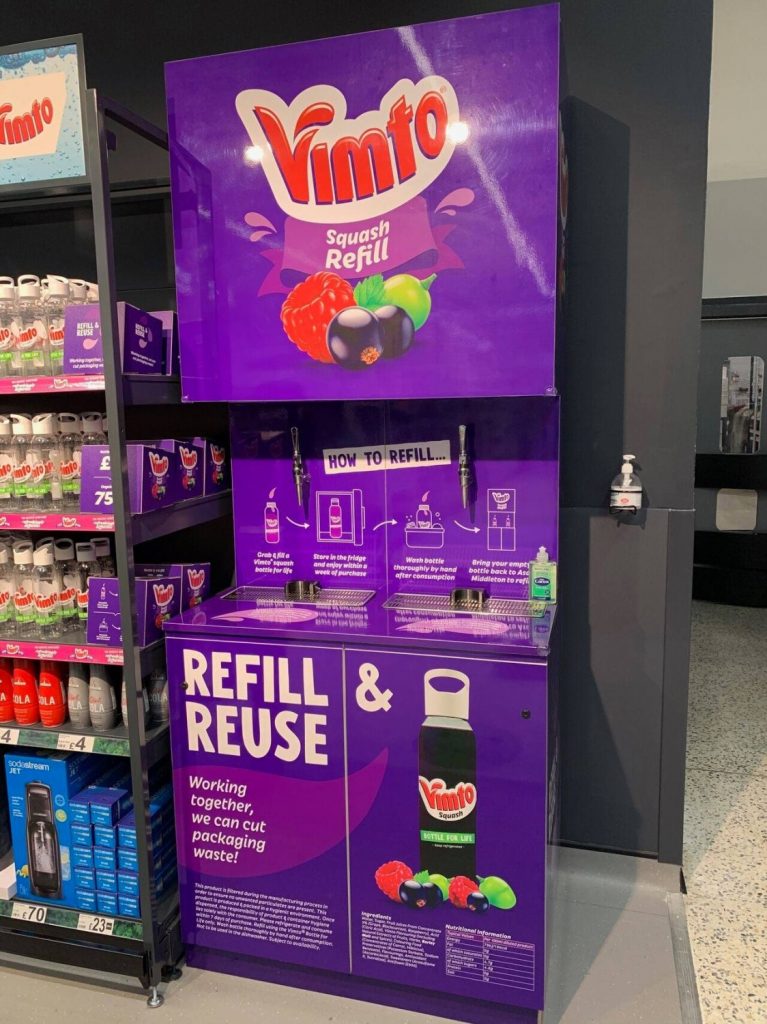
Just days ago, Coca-Cola announced that they were prototyping a paper bottle, which would be made from recycled paper with a recycled plastic liner and closure, all of which would be recyclable. Cue much applause and celebration.
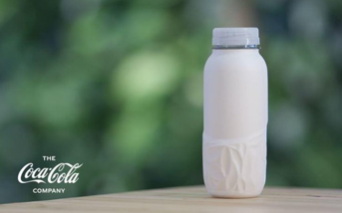 This is a test with no commitment to a launch date, what product it might be used for or where and whilst some sustainability experts question the wisdom of this when the recycling rates for PET and glass are steadily growing and the method for recycling this mixed material container is unclear, others are far more damning about the general sustainability credentials of the beverage giant. Greenpeace named them the top plastic polluters in the world last year for the third year in a row, and as water scarcity becomes an increasing threat around the world the company faces huge criticism over how much is used to produce their drinks; the water efficiency improvements they make cannot keep up with their growth in sales volume.
This is a test with no commitment to a launch date, what product it might be used for or where and whilst some sustainability experts question the wisdom of this when the recycling rates for PET and glass are steadily growing and the method for recycling this mixed material container is unclear, others are far more damning about the general sustainability credentials of the beverage giant. Greenpeace named them the top plastic polluters in the world last year for the third year in a row, and as water scarcity becomes an increasing threat around the world the company faces huge criticism over how much is used to produce their drinks; the water efficiency improvements they make cannot keep up with their growth in sales volume.
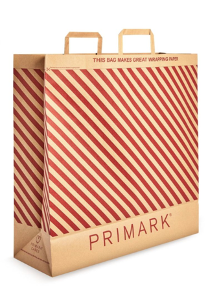
Finally, Primark gave us an early Christmas present last week with their paper bag that they suggest can be cut up and used as wrapping paper. “Hooray” everyone cried! And while Primark is indeed often lauded in many circles for improvements in their sustainability (they were one of the first retailers to replace plastic bags with paper ones back in 2002 for example and have championed the use of sustainable cotton) there are still huge question marks over the fashion retailer’s sustainability credentials. The sustainable fashion website GoodOnYou.eco rates them “Not good enough”. When waste and a throw-away culture is one of the toughest accusations levelled at clothes retailing, can a company that sells t-shirts for just £2 and Christmas jumpers (the ultimate wear once item) for under a tenner really claim to be sustainable?
Should we be encouraging or waiting for tangible results?
The urgent demands to react to the current climate emergency mean that big changes are needed fast, not more trials. Would it be more mature and honest to come to us when these initiatives have rolled out, delivered real results and they can tell us just how much impact they have had?
However, we have to remember that we are dealing with some of the most sophisticated marketing engines there are. And industry observers are loathe to criticise such huge and often generous paymasters. Nevertheless perhaps it’s time to have a look across at sectors like energy and big oil, where the top brands have generally realised that greenwashing gets them very little reward and can often backfire spectacularly because campaigners consistently hold them to account (check out the anger Shell inspired recently on Twitter) . I think it may be time to judge our retailers and consumer brands on their sustainability A level results and not on their primary school effort-grades, especially when their recent school reports have all said “must do better!”.
Neil Russell-Bates, Hilltop Sustainability
